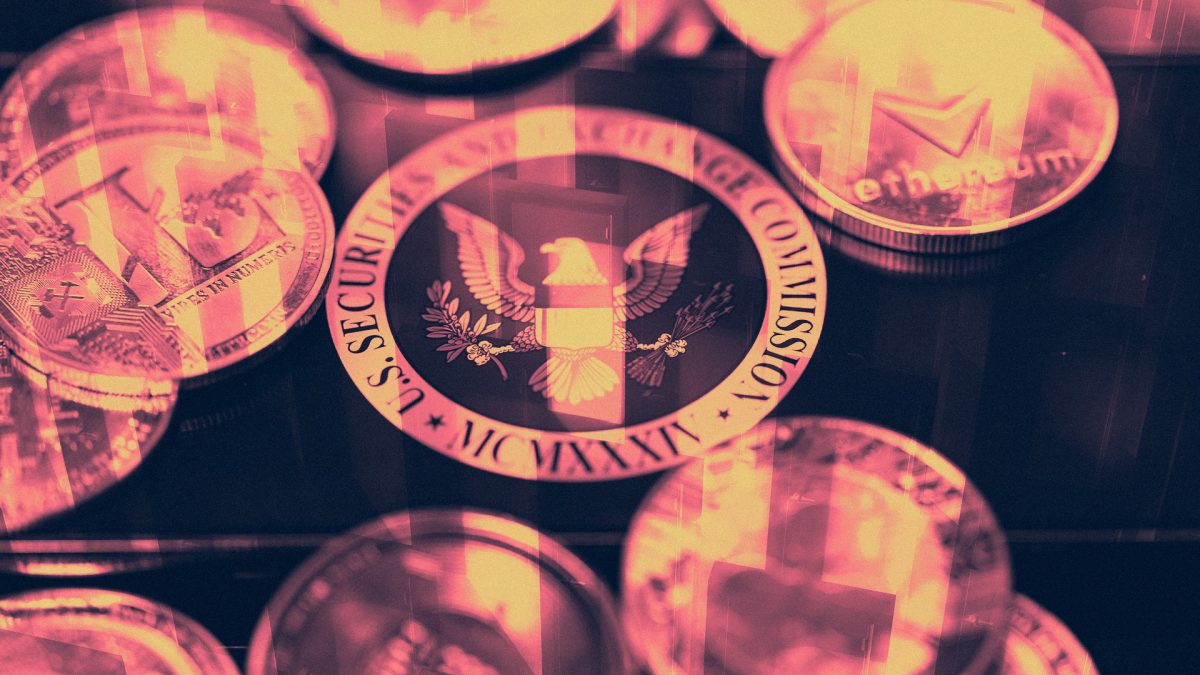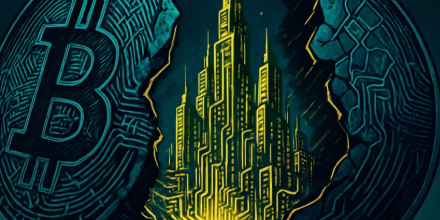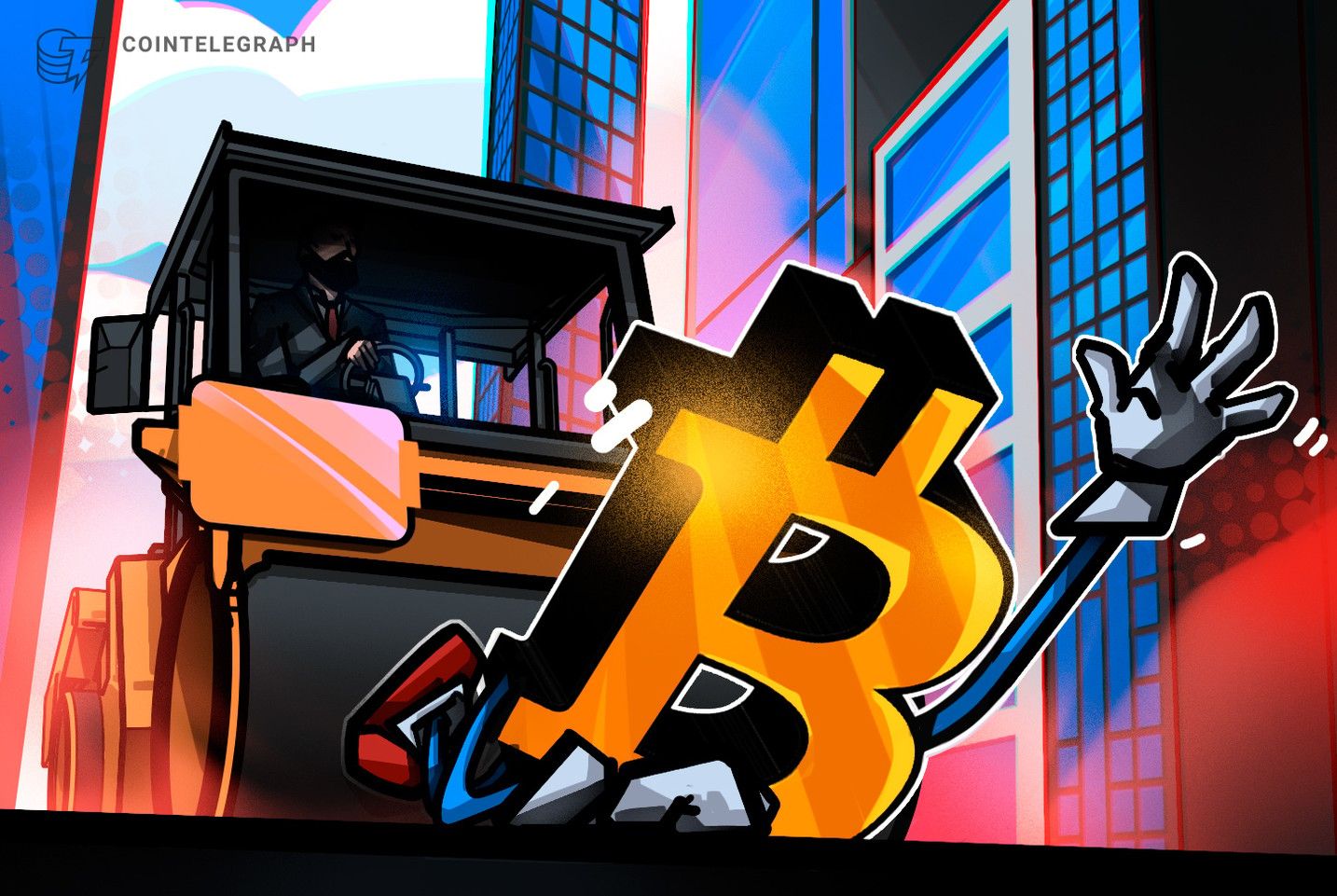SEC grants DePIN project DoubleZero no-action relief over token distribution
Quick Take The SEC’s Division of Corporation Finance said it will not pursue enforcement if DoubleZero’s native token transfers remain within programmatic, utility-based parameters. SEC Commissioner Hester Peirce highlighted how DePIN tokens differ from traditional fundraising transactions under the Howey Test.

The U.S. Securities and Exchange Commission's Division of Corporation Finance issued a no-action letter to DePIN project DoubleZero regarding the distribution of its 2Z token late Monday.
In the letter , the SEC said it would not recommend enforcement action if programmatic transfers of the token are conducted in the manner described by DoubleZero and if 2Z is not registered as a class of equity securities under the Exchange Act.
The Division of Corporation Finance noted that its position was based on the representations made in DoubleZero's counsel letter, cautioning that any different facts or conditions might require a different conclusion. The response also clarified that it expressed only the SEC's enforcement position and did not make a legal determination on the issues presented.
DoubleZero is a high-performance fiber network that uses underutilized private fiber links from independent contributors, aiming to provide blockchain node operators with faster, more direct routing than the public internet.
The SEC was not created to regulate all economic activity
In a separate statement , Commissioner Hester Peirce said the letter provided an opportunity to reflect on how the SEC can support innovation within its statutory mandate. "Congress created the Securities and Exchange Commission to oversee the securities markets, not to regulate all economic activity," she said. Peirce described decentralized physical infrastructure networks as projects that organize participants to provide real-world capabilities — such as storage, bandwidth, or energy — through open, distributed systems. Participants earn tokens for their activity, which Peirce said function as incentives for infrastructure buildout rather than as investment contracts under the Howey Test.
"Blockchain technology cannot reach its full potential if we force all activities into existing financial market regulatory frameworks," Peirce added. "Organizing disparate people to work together to build physical infrastructure is an interesting use for the technology. Markets, not financial regulators, should determine the success of such projects."
'Major milestone' for US digital asset industry
Following a four-month review process, the DoubleZero Foundation said the decision marks a major milestone for the U.S. digital asset industry — providing new regulatory clarity and reinforcing that the SEC recognizes meaningful distinctions between token transactions following its recently launched Project Crypto initiative to collaborate more closely with the industry on guidelines.
"This is more than a milestone for DoubleZero — it's proof that U.S. founders and innovators can work with regulators to achieve clarity, and still move fast," DoubleZero co-founder Austin Federa said. "By recognizing the functional nature of the 2Z token, the SEC has created space for compliant, utility-driven innovation in crypto, at home in America. I'd like to thank the SEC and the administration for their leadership in bringing clarity that helps crypto grow in the U.S."
The regulatory clarity comes ahead of DoubleZero's planned mainnet-beta launch, expected to roll out later this week. In March, the DoubleZero Foundation announced it had raised $28 million in a token round led by Multicoin Capital and Dragonfly Capital.
Disclaimer: The content of this article solely reflects the author's opinion and does not represent the platform in any capacity. This article is not intended to serve as a reference for making investment decisions.
You may also like
IOTA partners with top global institutions to build Africa’s “digital trade superhighway”: a new $70 billion market is about to explode
Africa is advancing trade digitalization through the ADAPT initiative, integrating payment, data, and identity systems with the goal of connecting all African countries by 2035. This aims to improve trade efficiency and unlock tens of billions of dollars in economic value. Summary generated by Mars AI. The accuracy and completeness of this summary are still being iteratively updated.

Panic selling is all wrong? Bernstein: The real bull market structure is more stable, stronger, and less likely to collapse
Bitcoin has recently experienced a significant 25% pullback. Bernstein believes this was caused by market panic over the four-year halving cycle. However, the fundamentals have changed: institutional funds such as spot ETF are absorbing the selling pressure, and the structure of long-term holdings is more stable. Summary generated by Mars AI. The accuracy and completeness of this content are still being iteratively improved.

Young Bitcoin holders panic sell 148K BTC as analysts call for sub-$90K BTC bottom

Rare Bitcoin futures signal could catch traders off-guard: Is a bottom forming?

